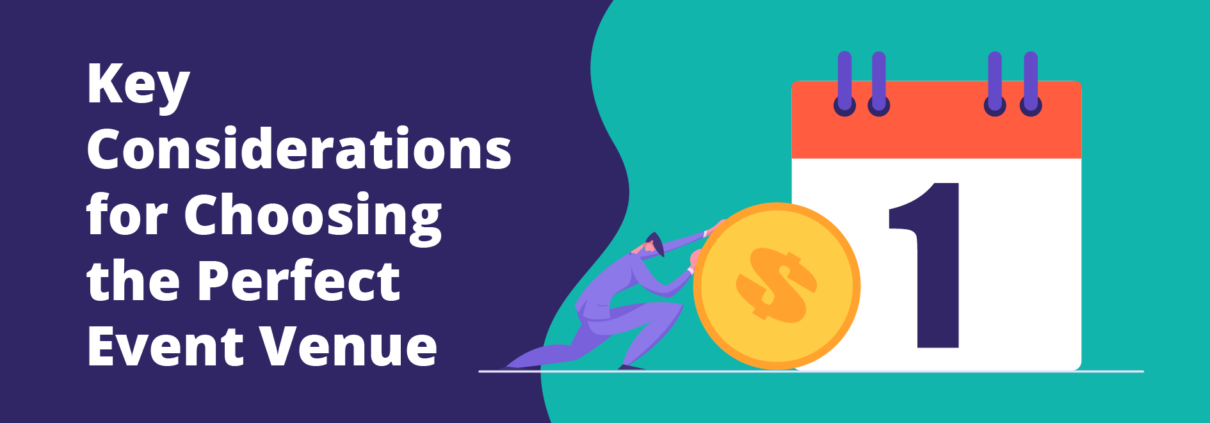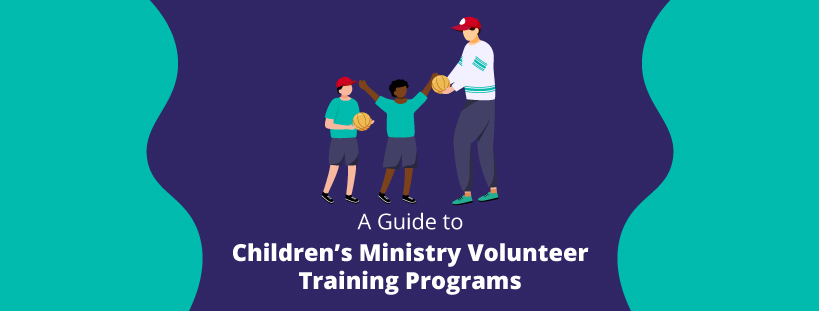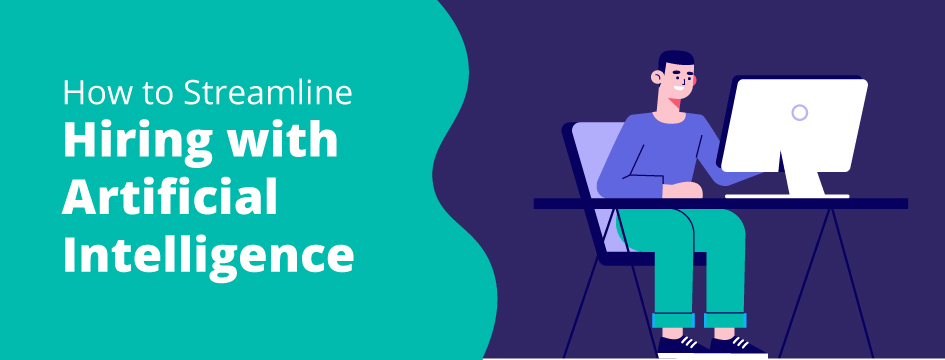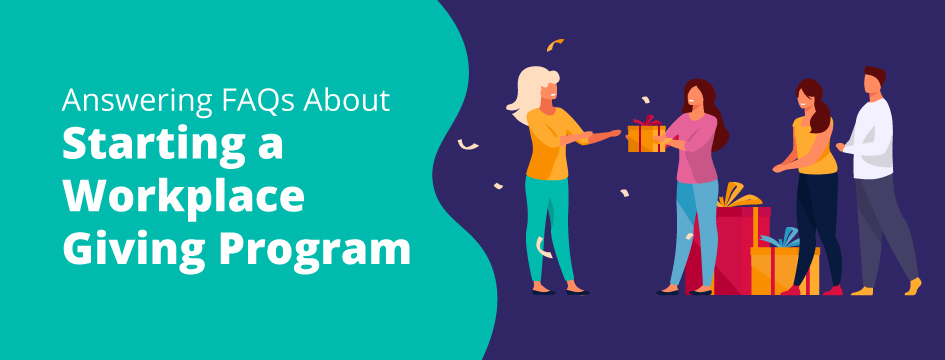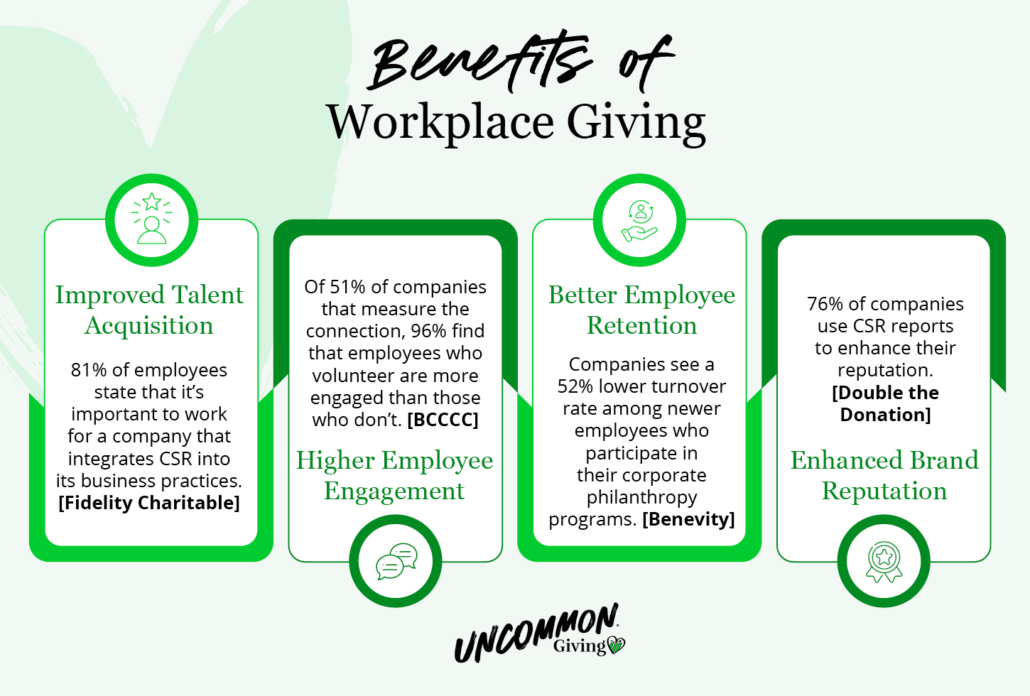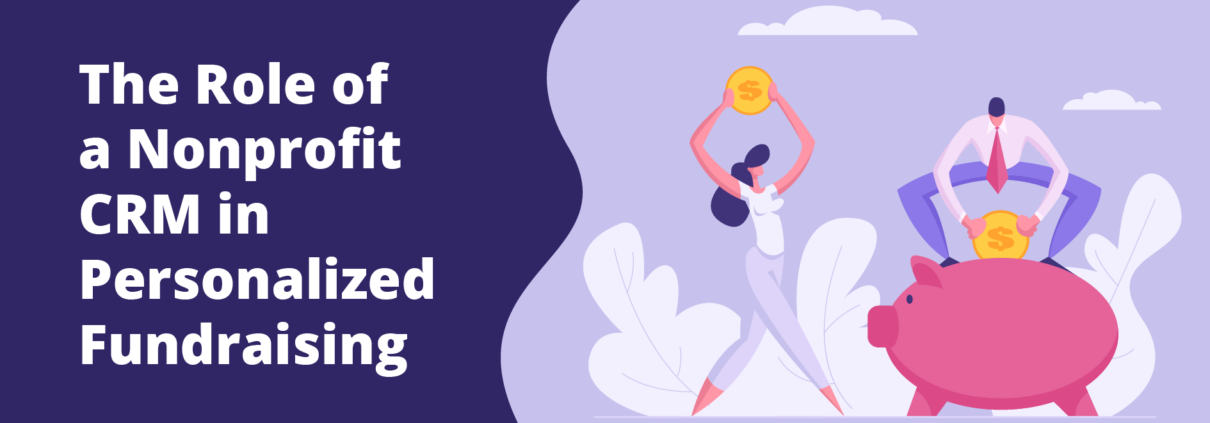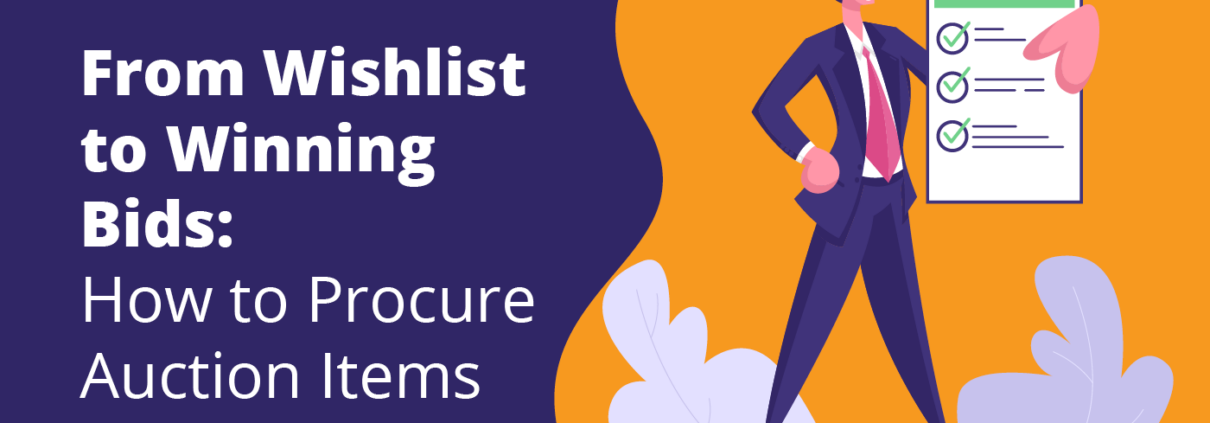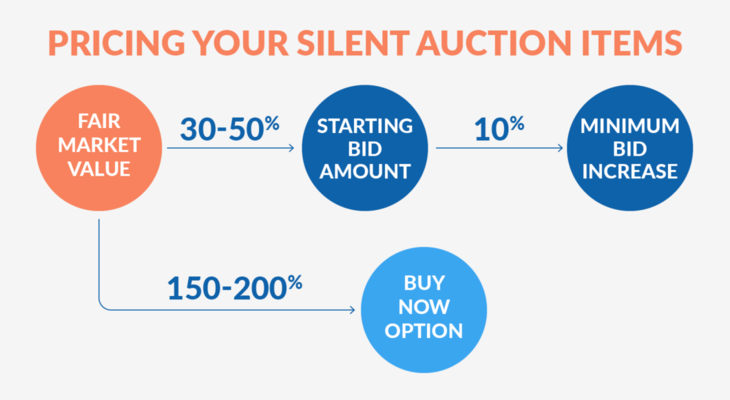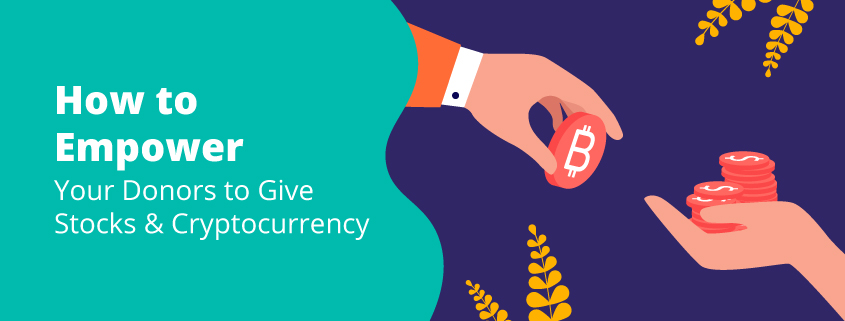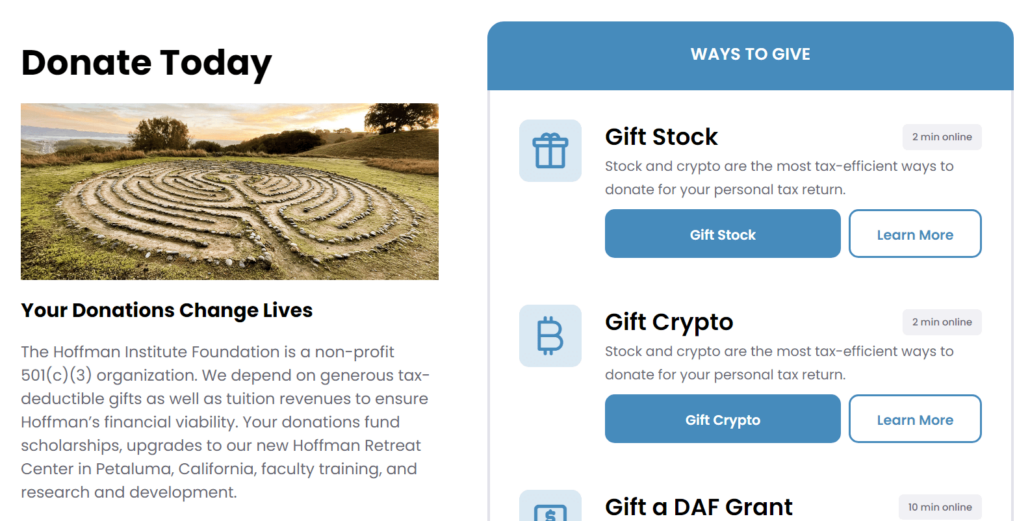8 Considerations for Choosing the Perfect Event Venue
Selecting the perfect event venue is a critical step in the planning process that can significantly influence your event’s success. The venue sets the stage for the entire experience, from its atmosphere and accessibility to the resources available for your attendees.
A well-chosen venue can enhance engagement, support your event’s objectives, and reflect your organization’s values. This guide outlines key considerations for finding a venue that aligns with your event goals and creates a seamless and memorable experience for everyone involved.
1. The Purpose of Your Event
Before exploring venue options, it’s essential to clearly understand your event’s purpose and objectives. Whether you’re hosting a conference or a fundraising gala, your venue should support and enhance the event’s primary goals.
Consider the following when defining your event’s purpose:
- Event Goals: Are you aiming to educate, inspire, or connect attendees? Understanding the primary goal will help you choose a venue that facilitates the desired interactions and activities.
- Audience Engagement: Consider the type of experience you want to create for attendees. For example, a venue with flexible spaces can accommodate both formal presentations and informal networking sessions.
- Event Format: Think about the structure of your event. Will there be breakout sessions, panel discussions, or hands-on workshops? The venue should be versatile enough to adapt to different formats and schedules.
By aligning your venue with your event’s purpose, you set the stage for a successful and impactful experience.
2. Location and Accessibility
Selecting a venue with the right location and accessibility is key to maximizing attendance and ensuring a positive experience for all participants. A centrally located venue makes it easier for attendees to reach the event, especially if they are traveling from different regions.
When assessing potential venues, consider:
- Proximity to public transportation, highways, and airports to accommodate both local and out-of-town guests.
- Parking availability and/or shuttle services if space is limited.
Additionally, ensure the venue complies with ADA guidelines by providing accessible entrances, restrooms, and seating for attendees.
3. Venue Capacity and Layout
The size and layout of your chosen venue can significantly affect the comfort of your attendees and facilitate the flow of your event. A venue that is too small can feel cramped and chaotic, while one that is too large may seem empty and disengaging.
Aligning the venue with your event’s format and attendance expectations is essential. When evaluating a venue for capacity and layout, consider these key points:
- Capacity Requirements: Match the venue capacity to your expected attendance, accounting for different areas such as main sessions, breakout rooms, and networking spaces. Ensure there is enough space for everyone to move around comfortably.
- Flexible Layout Options: Look for venues that offer a variety of room configurations to suit your event’s needs. For example, classrooms for workshops, theater setups for presentations, and open areas for networking or exhibitions.
- Flow and Accessibility: The venue should support a smooth flow of movement. Attendees should be able to navigate easily between different event areas, such as check-in, main sessions, and breakouts.
- Additional Space Needs: Determine if you need extra space for exhibitors, sponsors, or interactive activities. A venue with versatile spaces can help you incorporate these elements without disrupting the main event.
Choosing a venue with the right capacity and layout ensures that your event runs smoothly and creates a comfortable and engaging environment for all participants.
4. Technology and AV Capabilities
In today’s digital age, robust technology and audio-visual (AV) capabilities are essential for delivering a seamless and engaging event experience. From event check-in kiosks to live streaming to interactive sessions, the right tech setup can elevate your event and ensure that all attendees, whether in-person or virtual, can fully participate.
When assessing a venue’s technology and AV capabilities, consider these options:
- Internet Connectivity: Reliable, high-speed internet is a must, especially for hybrid events or those requiring live streaming. Check for Wi-Fi availability and any associated costs for access.
- AV Equipment Availability: Check if the venue provides essential equipment such as projectors, screens, microphones, and speakers. Verify the quality and compatibility of these tools with your presentation requirements.
- Technical Support: Look for venues that offer on-site technical support during your event. Having a dedicated AV team can quickly resolve any issues, minimizing disruptions and ensuring a smooth experience.
Selecting a venue with strong technology and AV capabilities ensures you can keep your audience engaged and prevent unexpected issues from popping up during your event.
5. Ambiance and Brand Alignment
The ambiance of your chosen venue plays a pivotal role in shaping the overall experience of your event and reinforcing your organization’s brand identity. When evaluating venues, consider how the style, decor, and atmosphere of the space will resonate with your attendees and reflect your organization’s values.
A venue that aligns with your event’s brand can make your event feel more cohesive and memorable. For example, a modern, minimalist venue might suit a forward-thinking, tech-focused event, while a historic or elegant location could be ideal for a more formal, traditional gathering.
Ultimately, choosing a venue that matches the tone and spirit of your event will create a more engaging experience for attendees and help communicate your brand’s story effectively.
6. Catering and Refreshments
The right catering can enhance your event’s atmosphere, keep attendees energized, and even serve as opportunities for networking. When choosing a venue, consider how you’ll handle catering and refreshments to meet the needs of your guests.
Here are some key considerations:
- In-House vs. External Catering: Find out if the venue has in-house catering or if you need to hire external vendors. In-house catering can be more convenient and cost-effective, but external vendors may offer more customization.
- Menu Variety and Dietary Accommodations: Include diverse options in your menu to cater to different dietary needs, such as vegetarian, vegan, gluten-free, and allergy considerations. A flexible menu can make all attendees feel welcome and included.
- Service Style and Timing: Decide whether you prefer a formal sit-down meal, buffet, or casual food stations. Align the service style with the event’s format and schedule to ensure smooth transitions between activities.
- Budget and Package Options: Review the catering costs and what’s included in the package. Look for venues that offer customizable packages to fit your budget, including options for coffee breaks, snacks, and meal service.
Well-planned catering and refreshments will contribute to a positive attendee experience, helping your event run smoothly and keeping participants engaged throughout the day.
7. Contract Flexibility and Terms
The terms of your venue contract can significantly influence your event planning process. Having a clear, flexible, and fair contract is essential for protecting your organization and facilitating a smooth planning experience.
One of the primary aspects to consider is the cancellation policy. Ensure you understand the terms, including deadlines and penalties, if your event needs to be postponed or canceled. Knowing these details upfront allows you to mitigate financial risks and make informed decisions should unforeseen circumstances arise.
Another important element is the flexibility to change dates. Look for a venue that allows for date adjustments with minimal fees, which can be a lifesaver if unexpected changes occur in your event timeline.
It’s also vital to confirm that the contract includes force majeure clauses, which protect both parties in the event of uncontrollable circumstances such as a natural disaster. These clauses provide a legal safeguard and help avoid disputes in situations beyond your control.
8. On-Site Support and Services
A venue’s on-site support and services can significantly impact your event’s success. Having a dedicated team to assist with logistics, technology, and attendee needs ensures a smooth and professional experience for everyone involved.
Keep an eye out for the following:
- Event Coordinators: Look for venues that provide an on-site event coordinator to help manage logistics before and during your event. They can serve as your primary point of contact, helping to address any issues quickly.
- Technical and AV Support: Ensure there is a dedicated technical team available to handle any AV or tech-related problems that may arise. This support is crucial for keeping presentations and activities on schedule.
- Logistical Support: Assess the availability of additional services such as security, parking attendants, or setup and teardown assistance. These services can significantly reduce the burden on your team.
- Extra Services and Amenities: Some venues offer additional services like marketing support, integration with event management tools, or access to vendor networks. These can enhance your event’s reach and impact.
Having robust on-site support helps your team focus on delivering a successful event without getting bogged down by logistical challenges.
Choosing the perfect event venue requires careful consideration of numerous factors, from location and capacity to technology and contract terms. By taking the time to align your venue choice with your event’s goals and your organization’s values, you can create a memorable and impactful experience for your attendees and a profitable event for your organization.
Remember, the right venue not only supports the logistical needs of your event but also enhances its overall success by providing a welcoming and engaging environment for guests. With thoughtful planning and attention to detail, you can ensure that your next event is not only well-organized but also truly unforgettable.
